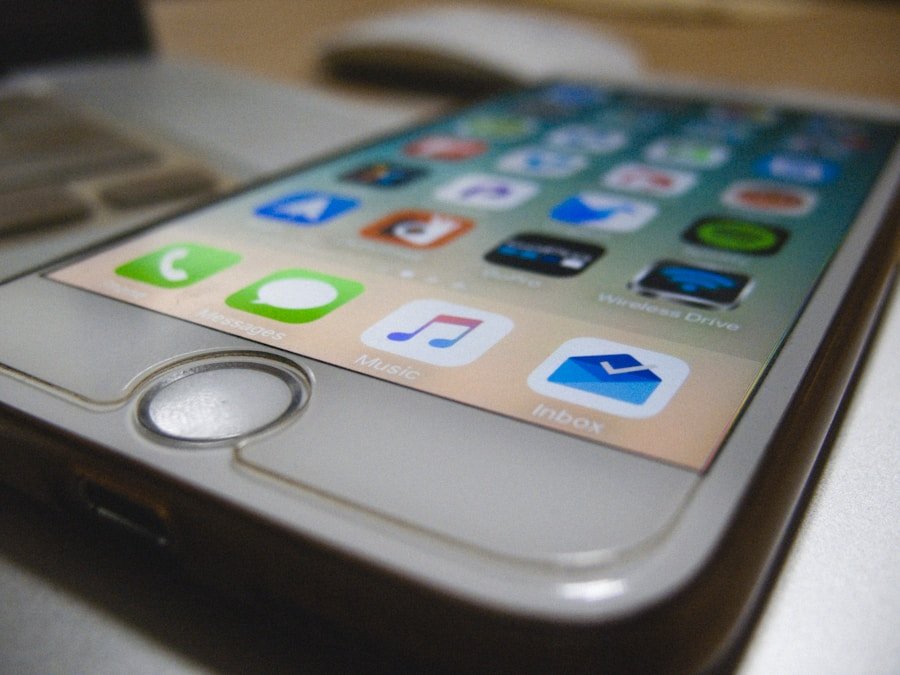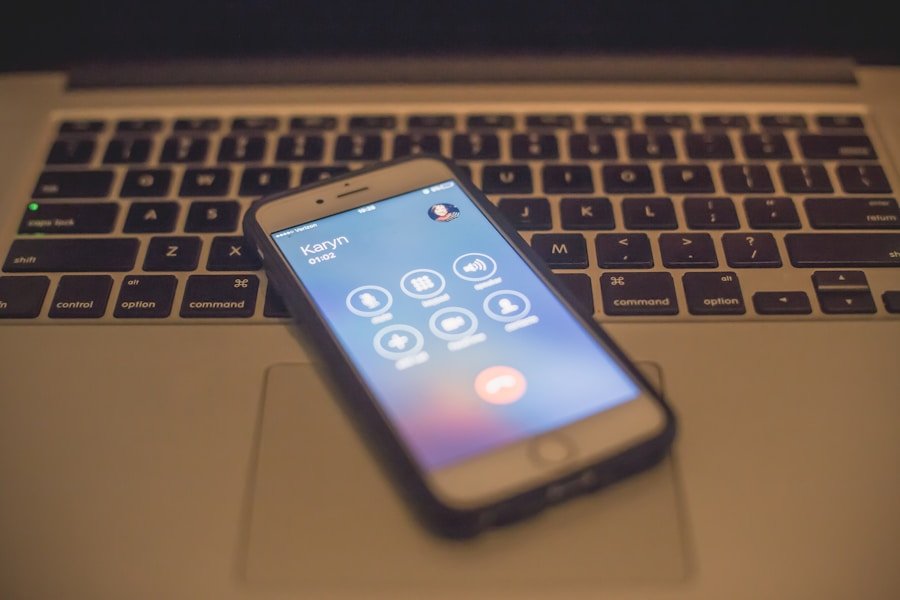Voicemail serves as a critical communication tool in both personal and professional contexts. It allows individuals to leave messages when the recipient is unavailable, ensuring that important information is conveyed even in the absence of direct conversation. In a world where instant communication is often prioritized, voicemail provides a more thoughtful approach, allowing the sender to articulate their message clearly and the recipient to absorb it at their convenience.
This asynchronous form of communication is particularly valuable in business settings, where missed calls can lead to lost opportunities or misunderstandings. Moreover, voicemail can serve as a record of communication, providing a timestamped account of conversations that may be necessary for future reference. For instance, in legal or financial matters, having a voicemail can serve as evidence of agreements or discussions that took place.
The ability to revisit these messages can be crucial for maintaining clarity and accountability in various situations. As such, understanding how to manage and recover voicemails becomes essential, especially when technology fails or when messages are inadvertently deleted.
Key Takeaways
- Voicemail is an important form of communication that allows people to leave messages when the recipient is unavailable.
- Voicemail deletion on iPhone can occur accidentally or due to system updates, but it is possible to recover deleted voicemail.
- To recover deleted voicemail on iPhone, one can check the “Deleted Messages” folder, use the “Recently Deleted” feature, or restore from a backup.
- Third-party apps like iMyFone D-Back or PhoneRescue can also be used to recover deleted voicemail on iPhone.
- To prevent voicemail deletion in the future, regularly back up voicemail messages and consider using a third-party app for added security.
How Voicemail Deletion Occurs on iPhone
Accidental Deletion
One common scenario involves accidental deletion, where users may mistakenly tap the delete button while navigating through their voicemail inbox. This can happen during routine checks when users are hurried or distracted, leading to the unintentional loss of important messages.
Regular Maintenance and Software Issues
Additionally, users may delete voicemails as part of a regular maintenance routine to free up space on their devices, only to later realize that they have removed messages they intended to keep. Another factor contributing to voicemail deletion is software updates or glitches within the iOS system. Occasionally, updates may lead to unexpected behavior in apps, including the Phone app that manages voicemails.
Network Issues and Synchronization Problems
Users might find that their voicemails have disappeared after an update or that they are unable to access certain features related to voicemail management. Furthermore, network issues can also play a role; if a user is experiencing connectivity problems, voicemails may not sync properly with the device, leading to confusion about what messages are available or have been deleted.
Steps to Recover Deleted Voicemail on iPhone

Recovering deleted voicemail on an iPhone is a process that can vary depending on the circumstances surrounding the deletion. The first step is to check the “Deleted Messages” folder within the Phone app. Many users are unaware that when voicemails are deleted, they are not permanently removed immediately; instead, they are moved to a temporary folder where they can be retrieved for a limited time.
To access this folder, users should open the Phone app, navigate to the Voicemail tab, and scroll down to find “Deleted Messages.” If the desired voicemail is present, it can be restored by selecting it and choosing the option to recover. If the voicemail is not found in the Deleted Messages folder, users may need to consider restoring from an iCloud backup. This method requires that the user has previously enabled iCloud backups for their device.
To restore from an iCloud backup, users must go to Settings > General > Reset > Erase All Content and Settings. After erasing the device, they can set it up again and choose to restore from an iCloud backup during the setup process. It’s important to note that this method will revert the entire device to the state it was in at the time of the backup, which means any data added after that point will be lost.
Using Third-Party Apps to Recover Voicemail
| Third-Party App | Compatibility | Cost | User Rating |
|---|---|---|---|
| Dr.Fone – Data Recovery | iOS and Android | 69.95 | 4.5/5 |
| PhoneRescue | iOS and Android | 49.99 | 4.3/5 |
| Enigma Recovery | iOS only | 59.99 | 4.2/5 |
In situations where built-in recovery options fail, third-party applications can provide an alternative solution for recovering deleted voicemails on an iPhone. These apps are designed specifically for data recovery and can often retrieve files that standard methods cannot access. Popular options include Dr.Fone, PhoneRescue, and Tenorshare UltData.
Each of these applications offers unique features and varying levels of success based on the specific circumstances of the data loss. To use a third-party app effectively, users typically need to download and install the software on their computer and connect their iPhone via USThe application will then scan the device for recoverable data, including voicemails. Depending on the app’s capabilities, users may be able to preview voicemails before recovery, allowing them to select only those messages they wish to restore.
While these tools can be effective, it’s essential for users to research and choose reputable software to avoid potential security risks or further data loss.
Tips for Preventing Voicemail Deletion in the Future
Preventing voicemail deletion requires a proactive approach to managing messages and utilizing available technology effectively. One of the most straightforward strategies is to regularly back up voicemails as part of a broader data management routine. Users can do this by recording important messages or transcribing them into notes for easy reference later.
Additionally, utilizing cloud storage solutions can provide an extra layer of security for important voicemails. Another effective method is to familiarize oneself with voicemail settings and features on the iPhone. Users should explore options such as visual voicemail, which allows for easier navigation and management of messages.
By understanding how to archive or save voicemails rather than deleting them outright, users can maintain a more organized inbox while ensuring that critical messages are preserved. Furthermore, setting reminders to periodically review and manage voicemails can help prevent accidental deletions during routine checks.
Importance of Regularly Backing Up Voicemail

The significance of regularly backing up voicemails cannot be overstated in today’s fast-paced digital environment. As communication increasingly relies on technology, ensuring that important messages are preserved becomes paramount. Regular backups not only safeguard against accidental deletions but also protect against unforeseen technical issues that could lead to data loss.
By implementing consistent backup practices and utilizing available tools effectively, users can maintain control over their voicemail communications and ensure that vital information remains accessible when needed most. In summary, understanding how voicemail functions within an iPhone ecosystem is crucial for effective communication management. By being aware of how deletions occur and knowing how to recover lost messages—whether through built-in features or third-party applications—users can mitigate the risks associated with voicemail loss.
Additionally, adopting preventive measures will enhance overall data management strategies and contribute to a more organized approach to communication in both personal and professional realms.
If you are looking for ways to recover deleted voicemail on your iPhone, you may want to check out this helpful article on appssoftwares.com. This article provides step-by-step instructions on how to retrieve deleted voicemails from your iPhone, ensuring that you never lose important messages again. With the tips and tricks outlined in this article, you can easily recover any deleted voicemail and keep your communication organized and secure.
FAQs
What is voicemail on iPhone?
Voicemail on iPhone is a feature that allows users to receive and store voice messages from callers when they are unable to answer the phone.
How do voicemails get deleted on iPhone?
Voicemails on iPhone can get deleted accidentally by the user, through a software update, or due to a technical issue with the phone.
Can deleted voicemails be recovered on iPhone?
Yes, deleted voicemails can be recovered on iPhone using various methods such as checking the “Deleted Messages” folder, restoring from a backup, or using third-party recovery software.
How to recover deleted voicemails on iPhone from the “Deleted Messages” folder?
To recover deleted voicemails from the “Deleted Messages” folder, open the Phone app, tap on “Voicemail,” then scroll down and tap on “Deleted Messages.” From there, you can select the voicemail you want to recover and tap “Undelete.”
How to recover deleted voicemails on iPhone using a backup?
To recover deleted voicemails using a backup, you can restore your iPhone from an iCloud or iTunes backup that was created before the voicemails were deleted.
Are there third-party software options to recover deleted voicemails on iPhone?
Yes, there are third-party software options available that claim to be able to recover deleted voicemails on iPhone. However, it’s important to research and choose a reputable and trustworthy software to avoid potential data security risks.
Is it possible to prevent accidental deletion of voicemails on iPhone?
While there is no built-in feature to prevent accidental deletion of voicemails on iPhone, users can be cautious when managing their voicemails and consider backing up important voicemails regularly.
